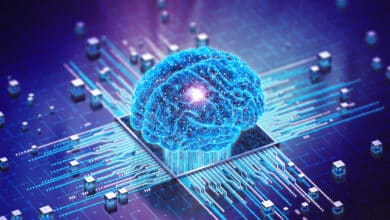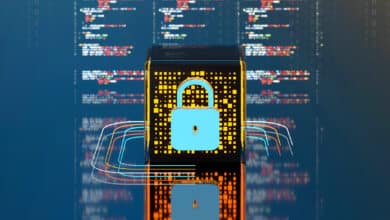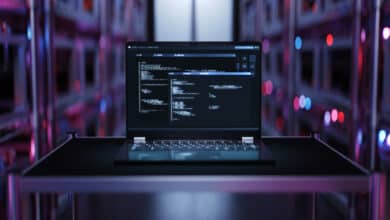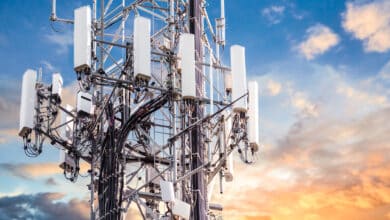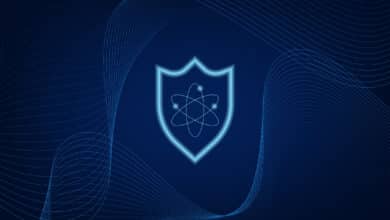All Post-Quantum, PQC Posts
-
Post-Quantum
Post-Quantum Cryptography (PQC) Meets Quantum AI (QAI)
Post-Quantum Cryptography (PQC) and Quantum Artificial Intelligence (QAI) are converging fields at the forefront of cybersecurity. PQC aims to develop cryptographic algorithms that can withstand attacks by quantum computers, while QAI explores the use of quantum computing and AI to both break and bolster cryptographic systems.
Read More » -
Post-Quantum
Cryptographic Bill of Materials (CBOM) Deep-Dive
Cryptographic Bill of Materials (CBOM) represent the next evolution in software transparency and security risk management. As we have explored, a CBOM provides deep visibility into an application’s cryptographic underpinnings – an area that has often been opaque to security teams. By enumerating algorithms, keys, certificates, and their usage, CBOMs empower organizations to tackle challenges ranging from quantum cryptography transition and legacy crypto cleanup to…
Read More » -
Post-Quantum
How to Perform a Comprehensive Quantum Readiness Cryptographic Inventory
A cryptographic inventory is essentially a complete map of all cryptography used in an organization’s systems – and it is vital for understanding quantum-vulnerable assets and planning remediation. In theory it sounds straightforward: “list all your cryptography.” In practice, however, building a full cryptographic inventory is an extremely complex, lengthy endeavor. Many enterprises find that even identifying all their IT assets is challenging, let alone…
Read More » -
Post-Quantum

Infrastructure Challenges of “Dropping In” Post-Quantum Cryptography (PQC)
Post-quantum cryptography (PQC) is moving from theory to practice. NIST has now standardized several PQC algorithms - such as CRYSTALS-Kyber for key exchange (now known as ML-KEM) and CRYSTALS-Dilithium and SPHINCS+ for digital signatures - and major tech companies like Google, AWS, and Cloudflare have begun experimenting with integrating these algorithms. On the surface, it may seem that we can simply “drop in” PQC algorithms…
Read More » -
Post-Quantum

4,099 Qubits: The Myth and Reality of Breaking RSA-2048 with Quantum Computers
4,099 is the widely cited number of quantum bits one would need to factor a 2048-bit RSA key using Shor’s algorithm – in other words, the notional threshold at which a quantum computer could crack one of today’s most common encryption standards. The claim has an alluring simplicity: if we could just build a quantum machine with a few thousand perfect qubits, decades of RSA-protected…
Read More » -
Post-Quantum
Telecom’s Quantum‑Safe Imperative: Challenges in Adopting Post‑Quantum Cryptography
The race is on to quantum‑proof the world’s telecom networks. With cryptographically relevant quantum computers (CRQC) projected to arrive by the 2030s, global communications providers face an urgent mandate to upgrade their security foundations. Today’s mobile and fixed‑line networks rely on public-key cryptography that quantum algorithms could eventually break. In response, the telecom industry is turning to post-quantum cryptography (PQC) as the primary defense. Yet…
Read More » -
Post-Quantum
Quantum Computing Risks to Cryptocurrencies – Bitcoin, Ethereum, and Beyond
Cryptocurrencies like Bitcoin and Ethereum derive their security from cryptographic algorithms – mathematical puzzles that are practically impossible for classical computers to solve in any reasonable time. However, the emergence of quantum computing threatens this security assumption. Unlike classical machines, quantum computers leverage quantum mechanics to perform certain computations exponentially faster, potentially breaking the cryptographic foundations of blockchain systems. While quantum computers remain in their…
Read More » -
Post-Quantum
Quantum Security: Understanding the Terminology and Context
"Quantum security" is a term that is increasingly being used. With everyone having their own definition of the term. It can carry multiple meanings depending on context, but so do other related terms. The whole field is fairly new and related terms are not yet clearly defined. So this is my attempt to untangle the ambiguity by exploring what quantum security commonly refers to, how…
Read More »
